We often make reference to our 600-year-old-plus archive, but how many people know what makes an archive?
As our archive and reading room are among the things benefitting from the Bridge Chamber’s internal refurbishment, we thought now would be a good time to make some introductions.
An archive is the accumulation of documents that tell the story of an organisation: its decisions, its actions, its activities and its financial affairs. It consists of day-to-day administrative records which, in due course, become non-current and were eventually transferred to the archive to be stored for their historical and legal value.
In this case, that organisation is the Rochester Bridge Trust and all of its activities relating to Rochester Bridge, including the historic estate that was first formed shortly after the medieval bridge was constructed.
To be of any value to society, an archive has to be a reliable, primary source of information. To this end we need to know when, by whom and why each document was created. We also need to be able to evidence that a document contains its original information without having been tampered with or altered. It is therefore the job of the archivist to safely store and catalogue the historical records and to help researchers use the archive. The archivist also has to work to ensure users can find out about the context of the record and its provenance: they keep records of the records!
So how does an archive come to exist?
The records of an organisation survive because of a chain of custodians or administrators who have worked over a period of time to ensure the documents are kept securely. If an archive has an intact custodial history then we can be more confident of the integrity of the records and that they have not been tampered with, substituted or damaged. They can therefore be used as evidence in legal and historical research.
There are many factors which can get in the way of an archive’s survival: natural deterioration, pest infestations, wars and natural disasters, theft, sabotage, or even careless loan arrangements. This means it’s something of an achievement for any institution to be able to say it has records dating back to the 14th century, and the Rochester Bridge Trust can.




